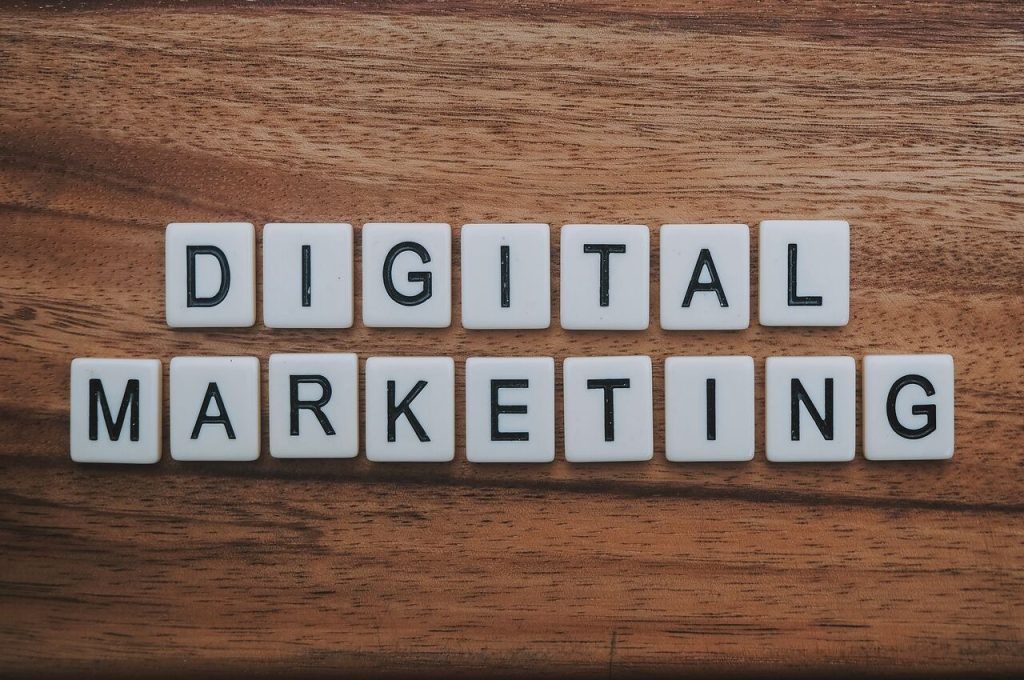
When the Internet was first introduced to society in the 1990s, it was never intended as an advertising medium, but rather as a tool for exchanging emails and digital information. It wasn’t long before marketing pioneers began to realize what a big business internet advertising could be, which marked a turning point in the history of advertising.
Let’s remember the history of digital advertising, from its beginnings to how we know it today.
The 1990s: The birth of digital marketing
The period between 1990 and 2003 was marked by Web 1.0, also called traditional web. The first search engines appeared, along with the first file transfer platforms. Companies then began to take advantage of this innovation to promote their brand and distribute information without the need for user intervention, who at that time only wandered the web as if it were a magazine.
When the first e-commerce sites appeared companies began to reconsider their strategy, at which point specialists in this field began to emerge, and companies started to consider ways to reach consumers directly. This was when the term “targeting” began to be used: creating personalized campaign strategies to achieve the desired objectives. This innovation led to new marketing techniques and introduced Marketing 2.0 in the early 2000s. The term “digital marketing” became a reality.
2004: The arrival of social networks
Between 2004 and 2008, Web 2.0 took center stage. The first communities and interactive platforms were born and the terms “social media” and “web blogging” with them. It became possible to establish communication both with brands and with other users online, sharing opinions about anything, including products and services.
This type of interaction started to encourage users to share concerns, needs, and desires. The Web continued to expand and consumers got called upon to socialize virtually through social networks, forums, SMS, etc. Companies realized they could get closer to users, while these realized their opinions could be heard, increasing brand-consumer interaction.
2009 – 2011: The native era
At the beginning of 2009, the use of social networks had increased by 508% among users aged 16 to 24 and by 361% among users aged 25 to 34.
During this and the following years, many companies began to experiment with new 2.0 tools such as those that allowed direct and instant communication with consumers. For the first time, brands could send promotional messages, at any time, to a group of users who had shown interest in such communications.
Internet users were already very receptive to commercial communications. Social networks went into integrated advertising. Advertising was well accepted, targeted to quality audiences, and at a low cost.
2012 – Today: Digital marketing as we know it
With the massification of new information and communication technologies, from 2012 onwards, digital marketing managed to spread in all its contexts. Web 3.0, the one we use today, is a “smart” web, which is especially evident in search engines. There are tools and algorithms that are closer to understanding human natural language.
However, we are currently experiencing the shift to Web 4.0, a more intelligent and predictive web. It is no longer about “what the user is looking for”, but “why the user is looking for it” and “what will they look for in the future”; in other words, we are moving from explicit “search” to “search intent”. To this end, artificial intelligence is beginning to be added to current technologies.
It is clear that we are heading towards a promising future for digital marketing. Therefore, having data optimization and machine learning tools in your online marketing campaigns can make a difference.
At our agency Tidart, we have tech tools and smart bots that will take your digital marketing campaigns to the next level. Don’t get left behind. Click here to learn more.